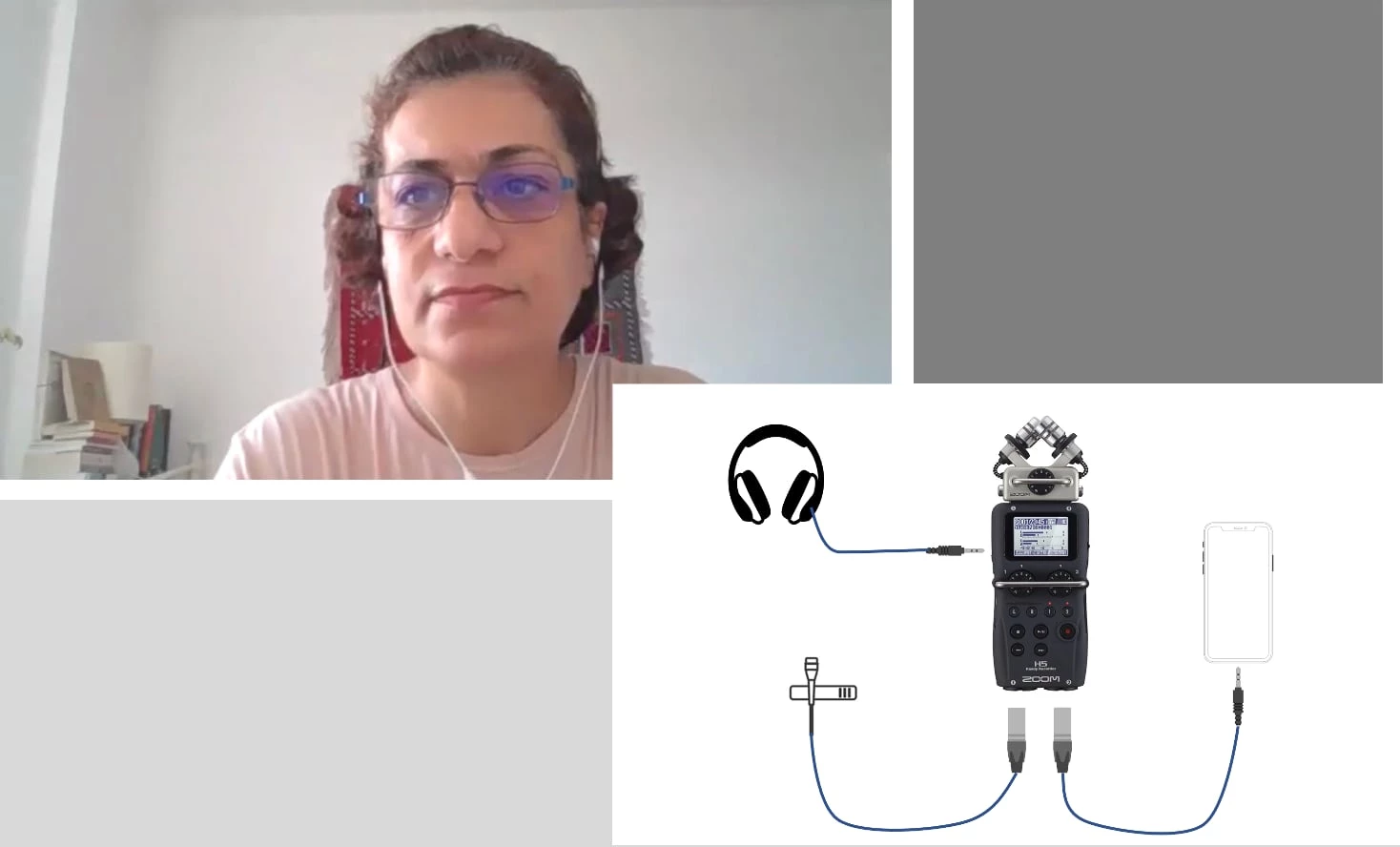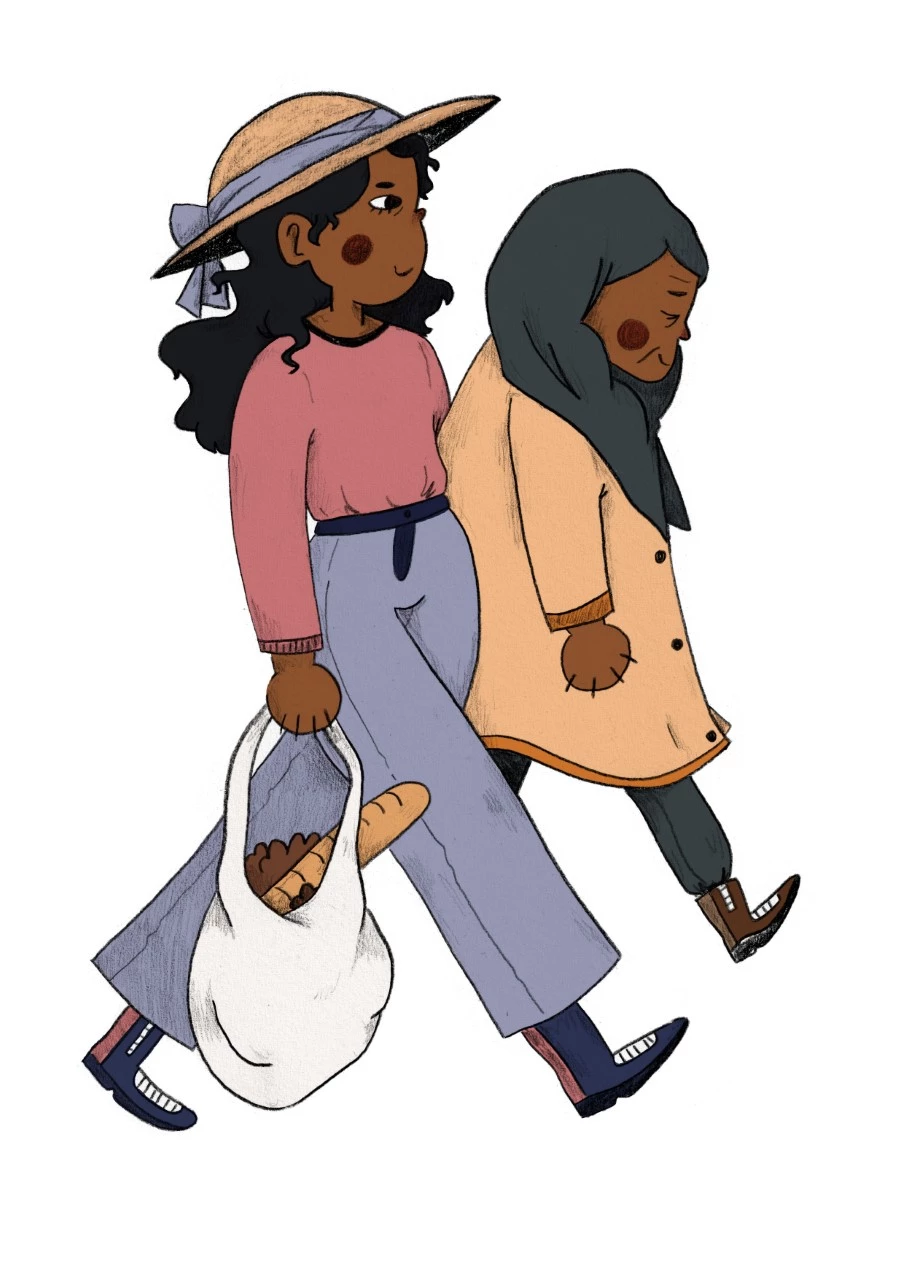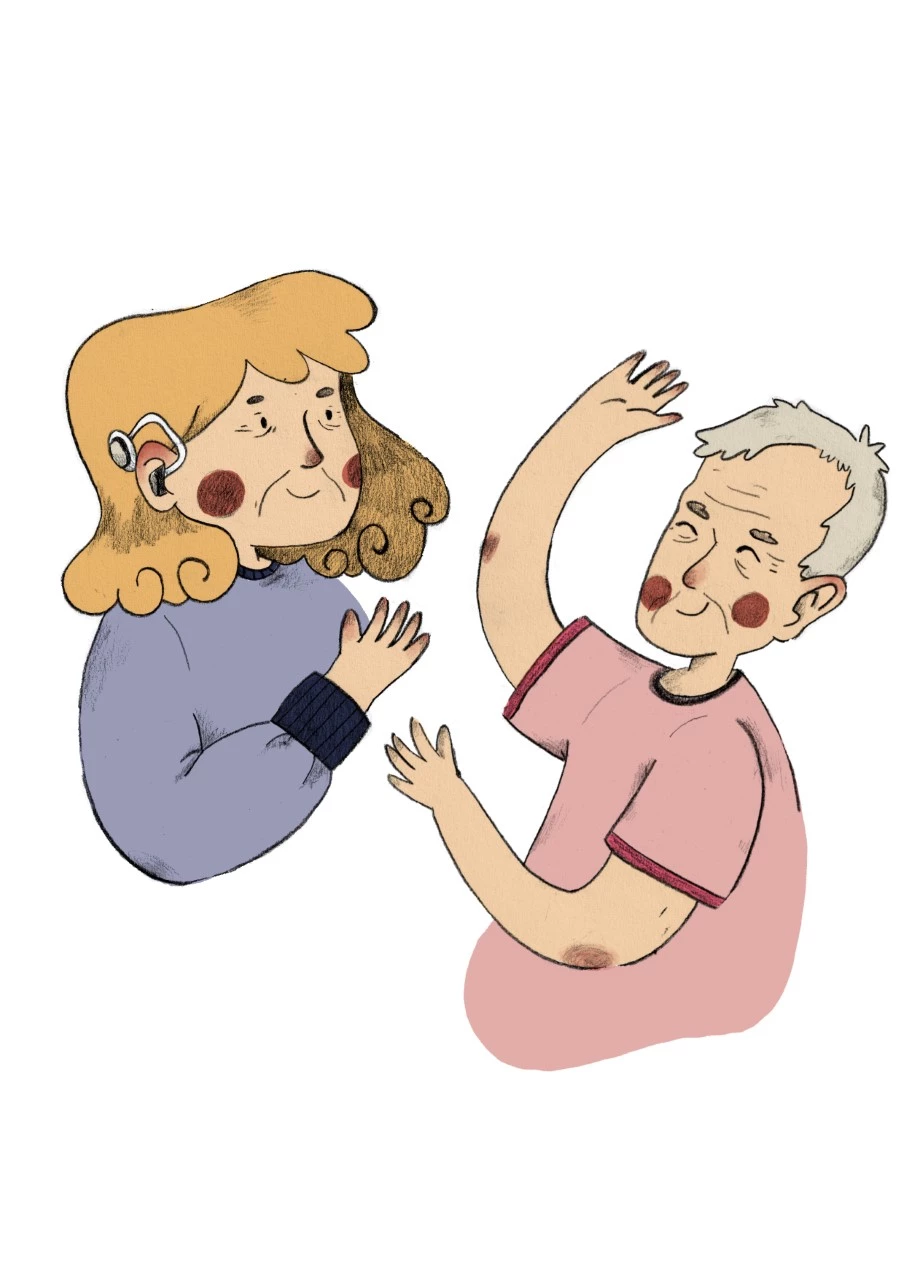Queer Romans
, 30 Mehefin 2021
Queer lives have always been part of history! For the last day of Pride Month 2021, Victoria Vening-Richards who is one of our Amgueddfa Cymru Producers has written an investigation of queer lives in ancient Rome. With thanks to Mark Lewis at the National Roman Legion Museum in Carleon for sharing his knowledge.
Queer Romans
Homosexuality within the Roman world is a much debated topic. Over the years scholars have come to varying conclusions; some suggest same-sex relations were freely practiced in the Roman world, others argue they were both legally and socially condemned. However, neither argument has been able to reach a definitive conclusion. This blog will discuss the use of the label homosexual, the social attitude towards same-sex relationships, and same-sex relationships within a military context.
1. The use of the label 'homosexual'
Recent studies on Roman society have argued that the term 'homosexual', meaning someone who has a sexual orientation towards someone of the same gender, did not exist linguistically, within the Latin language, and socially, within Roman society. This is because male Roman citizens are assumed to have defined their identity based on the extent of their masculinity rather than their sexuality. Therefore, there was no need to connect gender with sexuality and define that relationship. Similarly, there does not appear to be a term to define heterosexual and bisexual orientation within the Latin language.
2. Social attitude
While our society's attitude has shifted and continues to develop to celebrate and support the LGBTQ+ community, shifts also seem to have taken place in Roman history in terms of changes in social attitude towards relationships between freeborn male citizens. Specifically with a shift in attitude from the Republic (c.509-27 BC), when the Roman Empire was under magisterial rule, to the Principate (c.1-300 AD), when the empire was under imperial rule with an emperor as its leader.
The traditional scholarly narrative states that same-sex relationships between freeborn Roman male citizens were punishable and condemned throughout Roman history based on literary sources such as Polybius 6.37.9 which express no alternative attitude. However, recent studies suggest that there was a change between the Republic and the Principate whereby same-sex relationships were no longer legally or socially punished based on the evidence that the Latin term stuprum, meaning an illicit sexual relationship with an unmarried freeborn women or freeborn man, and the law lex scantinia which is assumed to have defined the punishment for relationships between adult men, less frequently occur in imperial literature. These omissions suggest there was a shift in attitude, at least in the elite strata in which the literary authors were situated, that involved more tolerance for same-sex relations or less concern for a citizen's private sexual orientation.
However, it is important to consider that the idea of a shift in attitude is only theoretical due to a lack of evidence. The perceived shift may instead be a consequence of later textual editing or author bias which resulted in the omission of references to same-sex relationships within Roman society.
3. A military context
Our understanding of Roman same-sex relationships within a military context originates from ancient literary sources. Similarly, to the previous section it is important to consider that these textual sources had their own agendas and were subject to manipulation during and after their creation; therefore, their evidence cannot be wholly relied upon. However, analysis of accounts from authors, such as Valerius Maximus and Suetonius, suggest that the emphasis of Roman military attitude was focused on the public consequence of a gay relationship rather than concern for the genders involved in the relationship.
The sources seem to state that same-sex relationships between freeborn Roman male soldiers, similarly to the rest of Roman society, were condemned. However, the condemnation was not focused on the genders in the sexual encounter, but rather the consequence of the relationship on the legion's effectiveness, as it was believed that a sexual relationship between two male soldiers increased their effeminacy, reduced their masculinity, compromised the unit's public image, and therefore made the legion weak against the enemy. This attitude is assumed to have been commonplace in the Republic however it is not clear whether it continued in the Principate. This emphasis on a soldier’s masculinity is evident in the gladius, a sword carried solely by Roman soldiers which was chosen in Roman iconography to be a phallic symbol used to emphasise the brutality and subsequent masculinity of sexual acts associated with the military and gladiators.
As has been previously discussed there seems to have been a shift in attitude and greater tolerance for gay relationships in the Principate and this seems to have carried into military opinion based on the lack of reference to punishment within a military context. It could be argued that this may have been due to a change in attitude, however it also may have been a result of a change in the amount of masculine honour which was attributed to a soldier in the Principate army. In contrast to the Republic, male soldiers were attributed less masculine honour; this creates the question whether there was less condemnation of same-sex relationships because male soldiers were perceived to have less masculinity and therefore, they could not compromise the image and effectiveness of their legion rather than because there was a societal change for the better?
In terms of the Roman legion based at Caerleon an assumption can be made that the same attitude towards same-sex relationships was held as the rest of the Roman army in the Principate period; however, it can only be theorised as no direct physical evidence exists.
Overall, it is difficult to state the circumstances of same-sex relationships within the Roman world due to a lack of clear and reliable evidence, but it is wrong to assume based on the lack of clarity that same-sex relationships between freeborn male citizens did not exist. The openness and spectrum of Roman relationships which is visible in the clasped hand iconography which could represent either an engagement for marriage or a formal agreement between friends, indicates that Roman relationships were more complex than a sole heterosexual orientation.
See an example of a clasped hand intaglio celebrating Roman relationships in our collections: Roman intaglio (Capricorn and clasped hands) - Collections Online | National Museum Wales
Therefore, it is highly probable that relationships between freeborn Roman male citizens did take place even though there is a lack of physical evidence to definitively prove it. Additionally, although there is evidence for gay relationships at the foremost of elite Roman society, such as between the Emperor Hadrian and his lover Antinous. It is not possible to definitively state the same for the population in the lower strata of Roman society due to the lack of physical evidence; nevertheless, as has been previously stated and discussed in this blog the existence of same-sex relationships between freeborn Roman male citizens in these sectors is highly probable.
Interesting reading:
1. Bédoyère, G. 2015. The Real lives of Roman Britain. Yale University Press: Yale.
2. Williams, C. 2010. Roman Homosexuality. Oxford University Press: Oxford.
3. Hubbard, T. 2014. A Companion to Greek and Roman Sexualities. John Wiley & Sons Ltd: Chichester.
4. Phang, S. 2001. The Marriage of Roman Soldiers (13 BC - AD 235), Law and Family in the Imperial Army. Brill: Boston.
5. Cantarella, E. 2002. Bisexuality in the Ancient World. New Haven; London.
Youthled projects across the museum are part of the Hands on Heritage initiative, made possible by the National Lottery Heritage Fund's Kick the Dust Grant. Thanks to The Fund and all our National Lottery Players - keeping our fingers crossed for you! Find out more about our youth work on our website: Young people | National Museum Wales and follow us on Instagram: Bloedd AC (@bloedd_ac) • Instagram photos and videos



